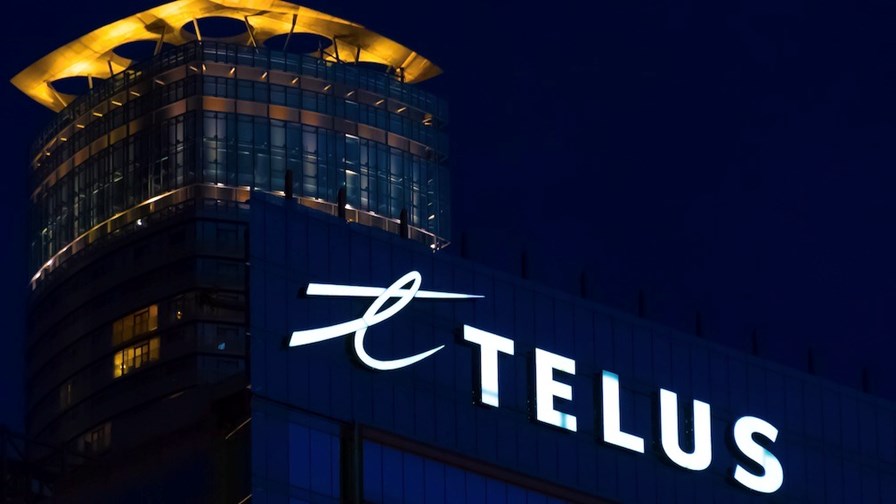
- The Open RAN sector is gathering steam
- Telus has been exploring the potential of Open RAN for enhanced performance, automation and energy efficiency for some time
- The Canadian telco has selected Samsung for 5G brownfield deployments across its network
- The operator had previously engaged with Rakuten Symphony for Open RAN tests and trials but Samsung appears to have won the day
Telus has opted for technology from Samsung to build a commercial virtualised and Open RAN 5G network. The news is the latest in a series of recent Open RAN deployment announcements and appears to be something of a blow to Rakuten Symphony, which had previously been engaged with the Canadian telco on its Open RAN tests and trials.
In a statement, Telus noted that it will work with Samsung to build the first network of this kind in Canada, after their collaboration efforts expanded from greenfield (related to new builds) to brownfield (covering existing infrastructure) deployments. The Canadian operator selected the South Korean company as its 5G network vendor in June 2020 and, after testing and validating “the telco-grade performance and reliability of multi-vendor Open RAN technology, powered by Samsung’s vRAN [virtualised RAN] solutions”, it is planning a commercial deployment in the first half of 2024, with a large-scale network rollout expected from the middle of the year.
As part of the expanded partnership, Samsung will bring vRAN software and Open RAN-compliant solutions, including massive MIMO radios, and support for third-party radio integration, while Telus will be able to deploy its vRAN sites quickly and at scale, using Samsung’s AI-based service management and orchestration (SMO) platform to enable automated deployment of “thousands of network sites simultaneously”.
Telus described the move as “one of the first truly virtualised Open RAN deployments within a complex, brownfield network environment,” adding that expected benefits include “enhanced performance, flexibility, energy efficiency and automation.”
Highlighting its “bold approach to embrace a multivendor Open RAN brownfield deployment”, the Canadian operator noted that its 5G rollouts will include technology from other vendors too: Wind River will provide cloud infrastructure and its know-how in real-time operating systems and cloud-native, distributed edge platforms, while Hewlett Packard Enterprise (HPE) will deliver servers for the distributed units (DUs) that are based on fourth-generation Intel Xeon Scalable processors and feature the chip vendor‘s vRAN Boost (with integrated accelerator tech) optimised for Open RAN.
There’s no mention, though, of any additional radio unit suppliers, at least for now.
In September 2022, Telus had been engaged in discussions, as well as trials, with Rakuten Symphony, the cloud-enabled technology spin-out from Japanese mobile operator Rakuten Mobile, to explore the potential of Open RAN in its network – see Telus to put Open RAN through its paces with Rakuten Symphony.
However, Samsung, building on its incumbent position as a 5G technology supplier, appears to have won the day for now.
News of the Telus deployment comes in the wake of other major Open RAN deployment news in North America, most notably AT&T’s five-year, $14bn plan for an Open RAN-enabled 5G rollout with Ericsson, Verizon’s update on its Open RAN-ready rollout with Samsung at 15,000 sites, and funding for new Open RAN R&D and test facilities in Dallas and Washington DC.
For all of the latest key Open RAN news, check out TelecomTV’s Open RAN channel.
- Yanitsa Boyadzhieva, Deputy Editor, TelecomTV
Email Newsletters
Sign up to receive TelecomTV's top news and videos, plus exclusive subscriber-only content direct to your inbox.




